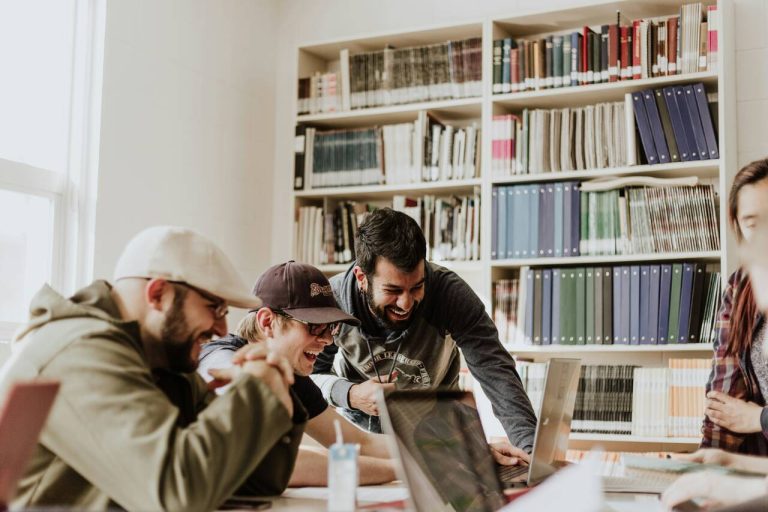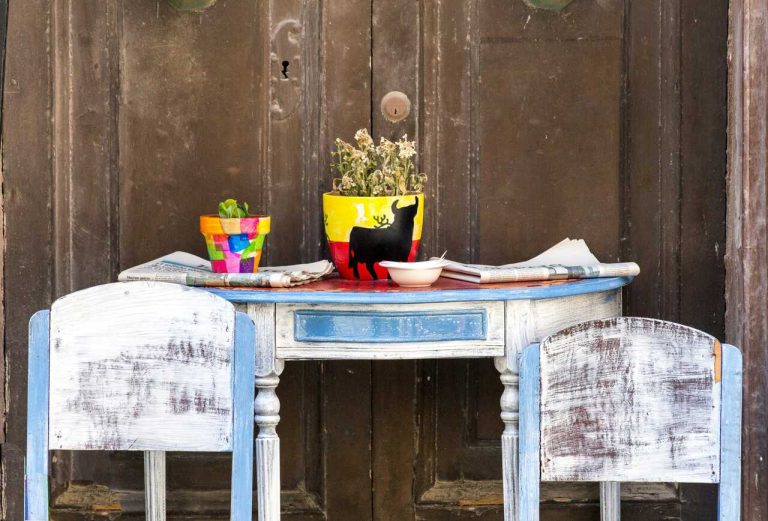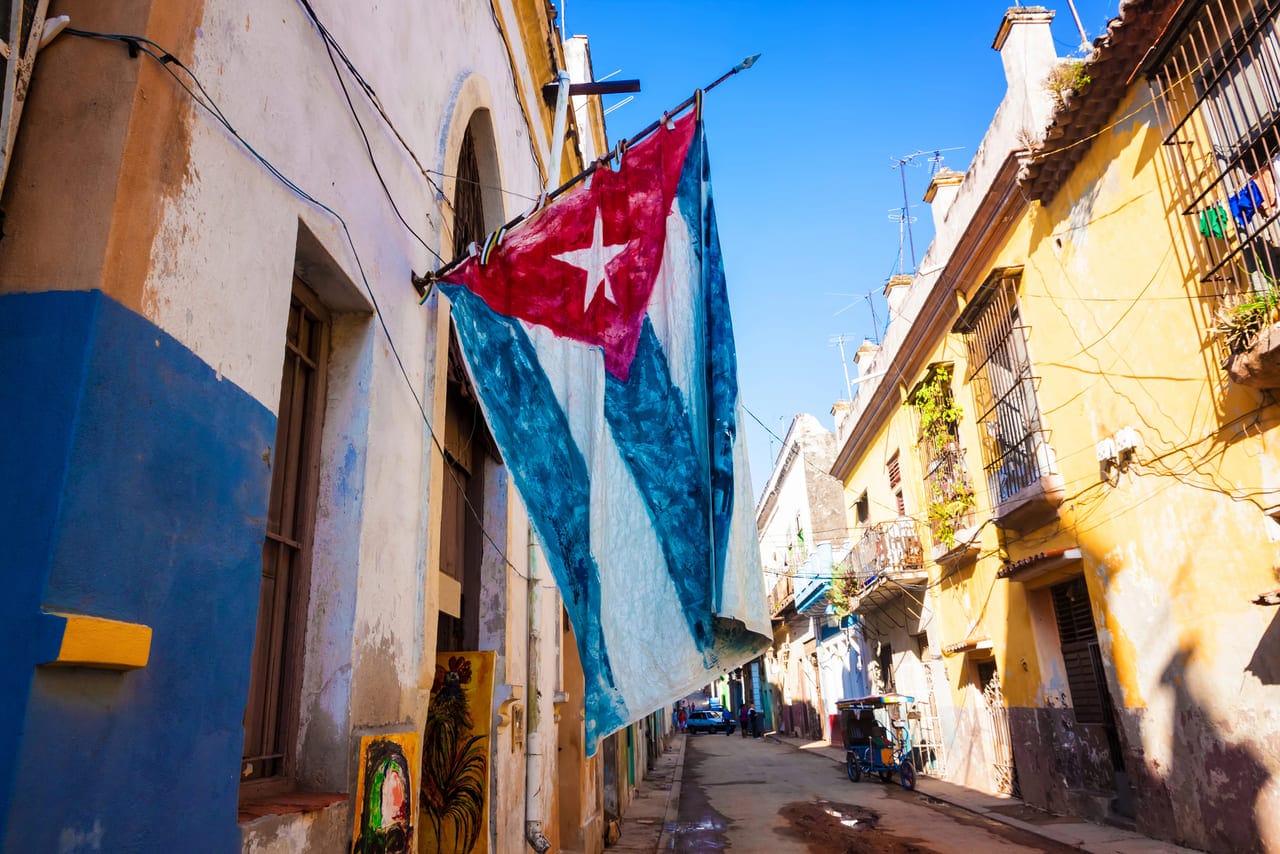
Embracing Traditions in Cuba: An Insight into Cuban Culture
DATE:
Did you know that in Cuba, on New Year’s Eve, it’s a tradition to throw a bucket of dirty water out of the window? Quite peculiar, right? Well, that’s just the tip of the iceberg when it comes to the fascinating and diverse traditions of Cuban life. Cuba, this shimmering island nation, carries with it centuries of history, with each era imprinting its traditions and influencing the Cuban way of life. Let’s journey together through the past and present, and uncover the beauty and essence of Cuban traditions.
Cuban Festivities – A Blend of Cultures
The celebrations in Cuba are a beautiful amalgamation of its diverse history. With influences from Spain, Africa, and other cultures, the Cuban festivities are nothing short of mesmerizing.
Noche Buena – A Cuban Christmas Eve
One of the most anticipated events of the year in Cuba is Noche Buena, or Christmas Eve. Cubans love to gather with friends and family to feast on traditional dishes, notably roasted pork and black beans and rice. The essence of Noche Buena is not just about good food but celebrating the joy of togetherness.
New Year’s Eve – Bidding Farewell in Style
Ah, the thrill of New Year’s Eve in Cuba! Beyond the fireworks and music, Cubans have their unique way of ringing in the new year. From throwing dirty water out of their windows to get rid of bad memories from the past year to walking around the block with a suitcase in hopes of travel in the upcoming year – these traditions make the Cuban New Year celebrations truly special.
Early November Festivities
Early November is a significant time in Cuba. Here, traditions revolve around honoring the dead and celebrating life. Friends and families come together, sharing stories, music, and dance.
Weddings and Traditions – The Cuban Way
Cuban weddings are a sight to behold! Rich with traditions, these ceremonies are a reflection of the country’s deep-rooted cultural values.
Pinning Money on the Bride’s Dress
Pinning money on the bride’s dress is a popular Cuban tradition. It symbolizes the guests’ wishes for prosperity and good luck for the newlyweds. Male guests will often dance with the bride and pin money onto her gown, contributing to the couple’s future.
Throwing Rice
Just like many other countries, in Cuba, it’s customary to throw rice at the newlyweds. This act is believed to bring prosperity and fertility to the couple’s married life.
The Essence of Cuban Culture
Cuba’s culture isn’t just about its festivities. It’s deeply embedded in its music, dance, and literature.
Music and Dance – Heartbeat of Cuba
From the nostalgic melodies of the “Son Cubano” to the vivacious beats of the “Timba,” the streets of Havana are often filled with melodies that tell tales of the island’s history and the spirit of its people. Cuban music is a melting pot of influences from Spain, Africa, and its indigenous roots. Each tune tells a story, whether it’s about love, hardships, or the simple joys of Cuban life. Instruments like the tres guitar, bongos, and clave are iconic in producing the unique sound that Cuba is renowned for.
Casa de las Américas – A Beacon of Cuban Literature
Casa de las Américas, situated in Havana, stands as a testament to Cuba’s rich literary history. It’s a place where the essence of Cuban literature is celebrated and revered, offering a window into the Cuban soul.
Dance: The Universal Language in Cuba
Ask any Cuban, and they’ll tell you – to live is to dance. Dance forms like the “Cha Cha,” “Mambo,” and “Rumba” originated from this island nation, and they continue to be integral to Cuban celebrations and everyday life. Not just a form of entertainment, dance in Cuba is a way of expressing emotions, stories, and history.
DID YOU KNOW…?
In Cuba, there’s a quirky and delightful tradition called “El Cañonazo de las 9” (The 9 PM Cannon Shot). Every night at precisely 9 PM, a cannon is fired from the La Cabaña fortress in Havana. This centuries-old tradition dates back to colonial times when the cannon shot signaled the closing of the city walls. Today, it’s more of a ceremonial event, and many tourists and locals gather nightly to witness this piece of history.
The Profound Influence of Cuba’s Past on Its Traditions
Cuba’s tapestry of traditions is deeply woven with the threads of its tumultuous history. Let’s dive a bit deeper to understand the influences.
The Cuban Revolution and its Cultural Impact
The Cuban Revolution, a monumental event in the late 1950s, led by Fidel Castro, played a significant role in shaping the country’s modern identity. Post this revolution, the Cuban government underpinned the importance of preserving Cuban culture and traditions, ensuring the revolutionary ethos found its way into the country’s music, dance, and arts.
Cuban Independence and Celebration
Marking the end of Spanish colonial rule in 1898, Cuban Independence is another historical cornerstone. Traditions during this period reflect a sense of pride, joy, and the spirit of freedom. Today, these traditions serve as a reminder of the resilience and strength of the Cuban people.
Influence of the Soviet Union
The relationship between Cuba and the Soviet Union during the Cold War era brought about economic, political, and cultural exchanges. While this influence was more subtle in Cuban traditions, traces can be found in aspects of Cuban life, particularly during the Special Period.
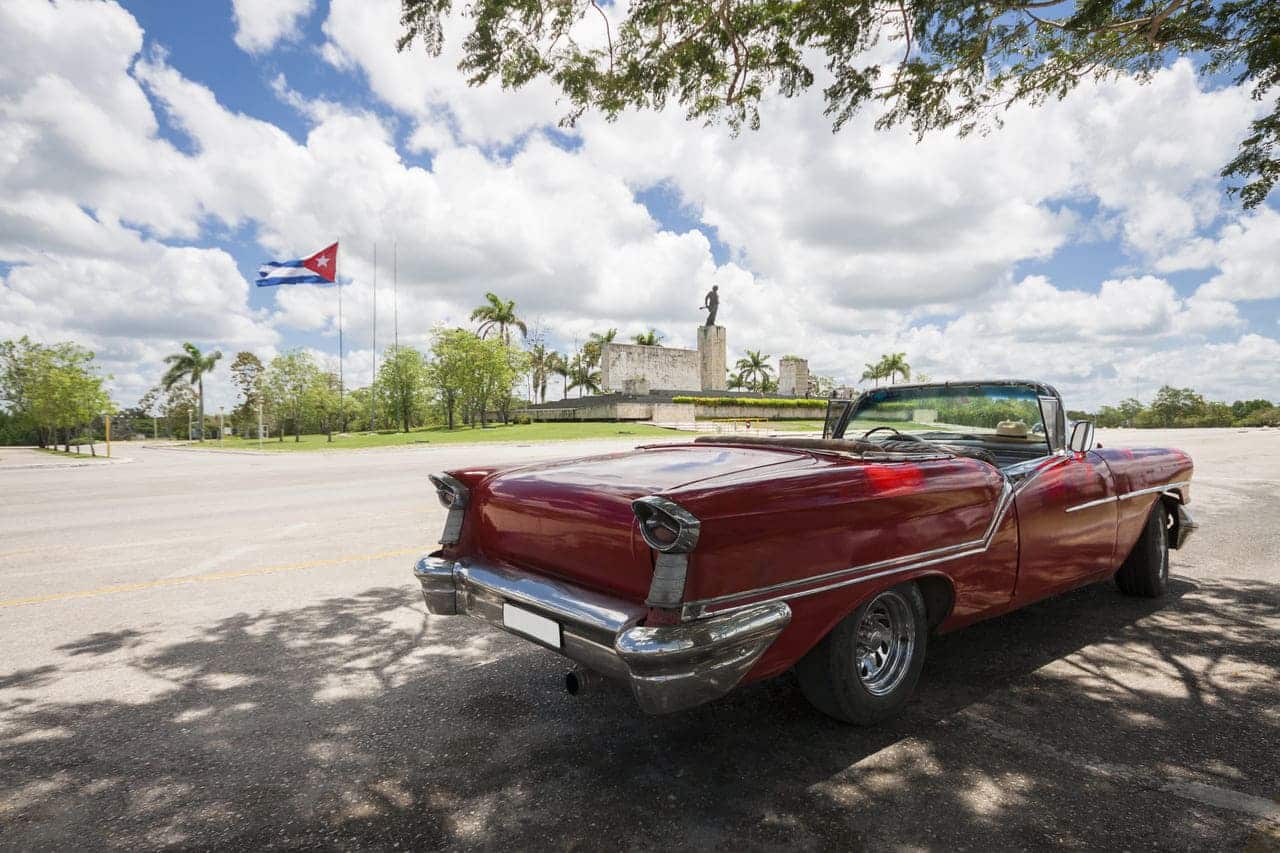
Cuban Delicacies – The Soul of Celebrations
Every festivity in Cuba is incomplete without its array of traditional dishes. Cuban food is a delightful blend of Spanish, African, and Caribbean cuisines.
Black Beans and Rice – A Staple Feast
Known locally as “Moros y Cristianos,” black beans and rice are a must-have in every Cuban celebration. Whether it’s Christmas or New Year’s Eve, this dish holds a special place in Cuban hearts.
Fried Plantains – A Side to Savor
Golden, crispy, and utterly delicious, fried plantains are often served alongside main courses, adding a touch of sweetness to the savory Cuban dishes.
Pig Roast – A Centuries-old Tradition
A pig roast, especially during Noche Buena, is a tradition that dates back centuries. Families gather around, and the aroma of the roasted pork fills the air, making the celebration even more special.
Unique Cuban Beliefs and Traditions
While some traditions in Cuba are celebrated widely, there are unique beliefs and practices that give us a closer look into the Cuban way of life.
Throwing Water for Goodbye
Remember the bucket of dirty water we talked about earlier? It’s believed that throwing it out signifies getting rid of bad memories and welcoming a fresh start.
Left Foot Forward on New Year’s Eve
Stepping forward with the left foot as the clock strikes midnight on New Year’s Eve is considered to bring good luck for the year ahead. Quite an interesting way to step into the future, right?
Havana: The Epicenter of Melodies and Moves
No visit to Cuba is complete without experiencing its music and dance scene in the capital city, Havana. With its salsa clubs, live music venues, and impromptu street performances, Havana is a musical paradise for both visitors and locals.
DID YOU KNOW…?
“Las Parrandas” in Remedios began in the 18th century with children making noise to draw churchgoers to midnight mass. Today, it’s a December festivity where neighborhoods compete with dazzling light displays, parades, and fireworks.
Music and Dance: The Heartbeat of Cuban Culture
There’s no talking about Cuban culture without mentioning its rich musical heritage and infectious dance rhythms. Let’s sway to the Cuban beat!
The Enchanting Tunes of Cuban Music
Cuban music is a harmonious blend of African rhythms and Spanish melodies. From the romantic strains of “Bolero” to the energetic beats of “Rumba,” Cuban music is varied and vibrant. The post-revolutionary era gave rise to the Nueva Trova movement, emphasizing lyrics that spoke of social justice and Cuban identity.
Dance: The Cuban Expression
If music is the soul of Cuba, dance is its heartbeat. Whether it’s the passionate “Salsa” or the traditional “Danzón,” dance is an integral part of Cuban traditions. Dance floors in Havana are always filled with Cubans and tourists alike, moving to the rhythm and celebrating the joy of life.
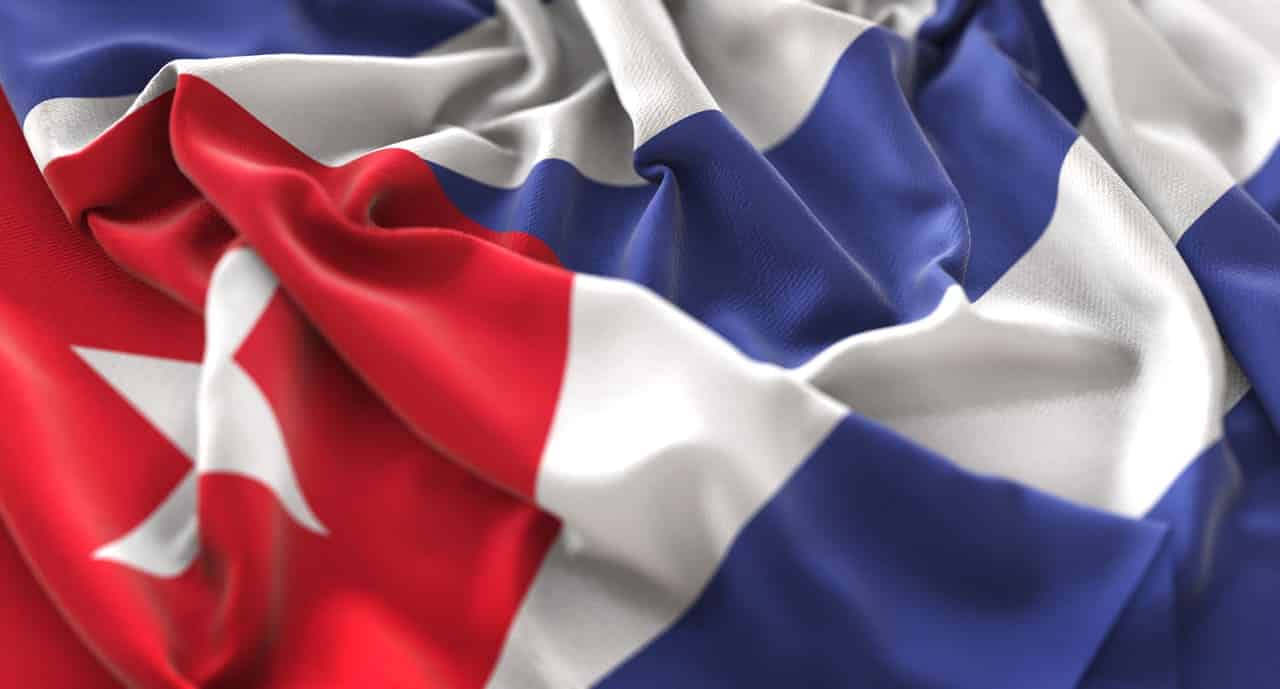
Wrapping Up!
Cuba, an island of stories, music, dance, and vibrant traditions, offers a world waiting to be explored. Its streets resonate with tales of the past, its festivals burst with joy, and its traditions are a testament to the spirit of its people.
If the stories of Cuba have ignited a desire to learn more, why not start by speaking the language? With SpanishVIP, our Dedicated Teachers are here to help you immerse yourself in the Spanish language and, by extension, the Cuban culture. Start with a free 1:1 class or join us for 7 days of complimentary group sessions. Let the Cuban adventure begin!




